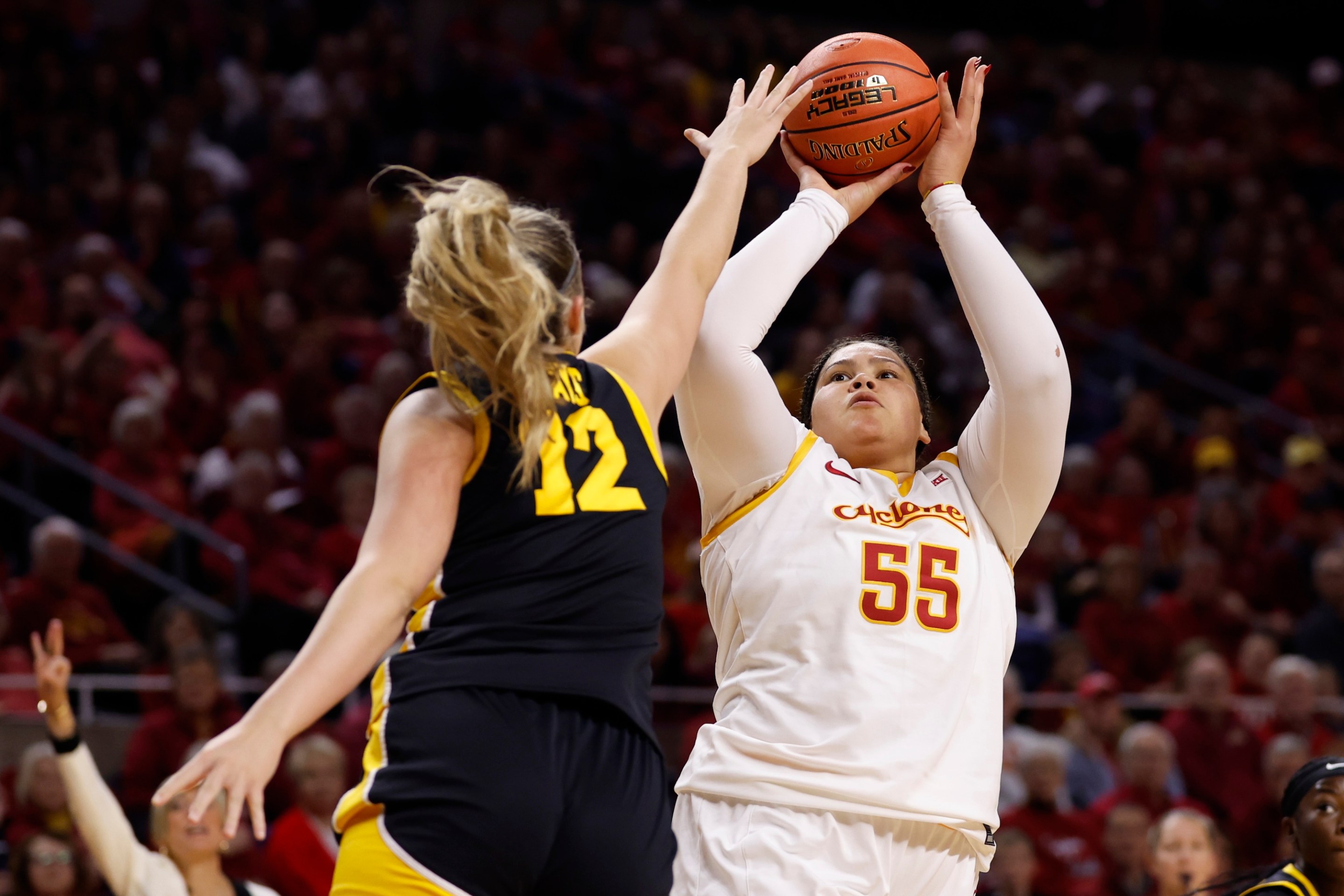Major League Baseball has been broadcast regularly on television in North America for more than 70 years. By now, you figure it could be done pretty well. This is because humans tend to get better at things through repetition. You give me enough chances to learn and refine the doing of something, even something that involves wires and buttons and so forth, and I am going to be way better at the thing after a few decades at it. Recently I replaced my home's wireless router, all by myself! From the accumulated experience of having occasionally replaced routers over the years, now you can just hand to me a router and, buddy, I'll install that sucker without dying.
Something weird seems to be happening with baseball broadcasts, however. Despite the basic requirements having changed roughly not at all over the course of most of a century—the game is still played on a diamond, you point a camera at it and press the "on" button, etc.—the people who produce baseball broadcasts are suddenly worse at the job. Not just in the sense of assigning the utterly joyless duo of Bob Costas and Ron Darling to the Royals-Yankees divisional series. That certainly sucked, yes, but something worse was happening in the other ALDS, between the Detroit Tigers and Cleveland Guardians, also produced by TNT Sports (formerly Turner Sports). Here is the normal view of the action at a Tigers home game, taken from moments before the Tigers clinched their postseason berth, on Sept. 27:

Note, please, that the view is centered in such a way that the pitcher, the plate, and the hitter are all roughly contained in the middle third of the picture, and the view is framed so everyone is nice and big. If you would like to make the case, as Foolish Baseball did recently, that the widescreen aspect ratio forces too much inessential information into the picture, fine. But you must agree that even with at least 100 percent more "PEPSI" than is strictly necessary from an informational perspective, this image represents a reasonable way to present the main action in a baseball game—a pitcher throwing to a batter—to a television audience.
Here was the view of the action at Thursday's ALDS game, played at the same stadium:

What on Earth is going on here? The K-Zone box, which possibly you hate for your own reasons, is handy here for illustrating just how far off-center the angle has moved the actual action of the baseball game. For the first inning or so of Thursday night's contest, I figured there had to be something wrong with my television. But the chyron in the top left is where it should be. Then for an inning or two I worried that possibly I was losing my mind, or that I was suffering some sort of brain injury. It was only after I consulted highlight clips on YouTube and rooted around on Reddit that I became convinced that in fact someone responsible for this broadcast—a professional who is paid to do a job—had allowed this to happen, if not commanded it.

The view is not zoomed nearly as much as the local Bally Sports broadcast, but more importantly, all of the action has been crammed over on the left side of the screen. This was not a momentary glitch. The entire game was shown from this weird view, as if the person aiming the camera wanted you to see as much of the green grass of the infield as possible, or was hoping to capture for posterity the behavior of the small child sitting in the front corner of section 129, at all costs.
That Foolish Baseball video linked above suggests that baseball, as a television product, is uniquely suited for The Future, for the same reasons that it suffers in the wide-screen present. The kids, you see, like to watch things on their smart phones, and also seem to have a bizarre and sickening preference for the vertical aspect ratio. Baseball's main view—offset but basically straight down the chute from pitcher to catcher—generally only presents useful information in the middle third of the screen; so, voila, you could pretty easily format baseball for the teens by just cutting off the right and left thirds of the widescreen television view, for a tidy if claustrophobic vertically aligned view of the action.
Not here! If you cut off the left third of the screen, you would have a view of the plate and the catcher and the umpire, and those padded doors behind home plate, and no view at all of the person doing the damn pitching. Only righty batters would be visible at all. A righty pitcher could yank a sinker to the glove side and plunk a lefty batter and a person whose view was restricted to the middle third would have no idea what the hell had taken place. And look at all that emptiness on the right side! On the 60 percent of the screen located to the right of the K-Zone box, you've got Steven Kwan's back and an out-of-town chyron, an expanse of green, a box of spectators, and a huge ad for a terrible vacation booking service.
It raises the bone-chilling possibility that this zoomed-out, off-center view was oriented for the specific purpose of jamming both backstop ad panels into the television broadcast. Baseball fans have noticed that MLB broadcasts are doing a lot of screwing around with backstop ads lately, almost entirely to the detriment of the viewing experience. Major League Baseball has lately been deploying green-screen digital ads behind home plate for national and MLBTV broadcasts, a cheap and glitchy technology that flickers and often superimposes itself over the corporeal world for seconds at a time. Viewers of the NL Wild Card series between the Mets and Brewers, for example, noticed that the large digital ad behind right-handed batters was consistently devouring limbs, or shaving inches off players' shoulders and butts, or overwhelming the overlapping K-Zone graphic.
The ads evidently can be toggled on and off. For most of the deciding game of that Wild Card series, viewers saw the hideous digital ad behind righties. But when Pete Alonso strolled to the plate in the ninth inning and socked his clutch dinger, someone associated with the broadcast had wiped it away in favor of the physical in-stadium ad, which while also ugly and glaring at least would not consume a player's body part during the most important stretch of an elimination game. Viewers of the Tigers-Guardians game on Oct. 7 could not fail to notice that someone in charge of the broadcast evidently toggled the switch to "off" midway through an inning on a large flickering digital ad positioned exactly where the game's two lefty starters were releasing the baseball.
The Effectively Wild podcast reported recently that an MLB spokesperson confirmed that the league was "aware of occasional flickering and haloing that have appeared on some broadcasts," and is working with broadcast partners "on resolving the matter and refining the technology." Could it be that the insane off-center view of Thursday's broadcast is related to that effort? If they can't run the digital ads the way they want in the standard view without technical issues, are they resolved to make up the difference by cramming all of the backstop ad blocks into the picture, even if it means relegating the game itself to the margin?
That would be hard to believe, except that MLB has already made a grotesque mess of its radio broadcasts, jamming its own inventory of ads over the top of the local ads without much evident concern for whether or how those ads might overrun the allotted ad slot and interfere with the actual broadcast. Effectively Wild also reported, noting Thursday night's mess, that local television broadcasters are, in fact, restricted in terms of how much they are allowed to cut off those stupid ad blocks in order to zoom in on the action of a baseball game. As impossible as this may seem to a normal, rational person, there is a strong chance that the screwy angle presented for this by-God playoff game on Thursday night was chosen because it forced into the broadcast view a second, redundant advertisement for the same shitty travel booking service.







